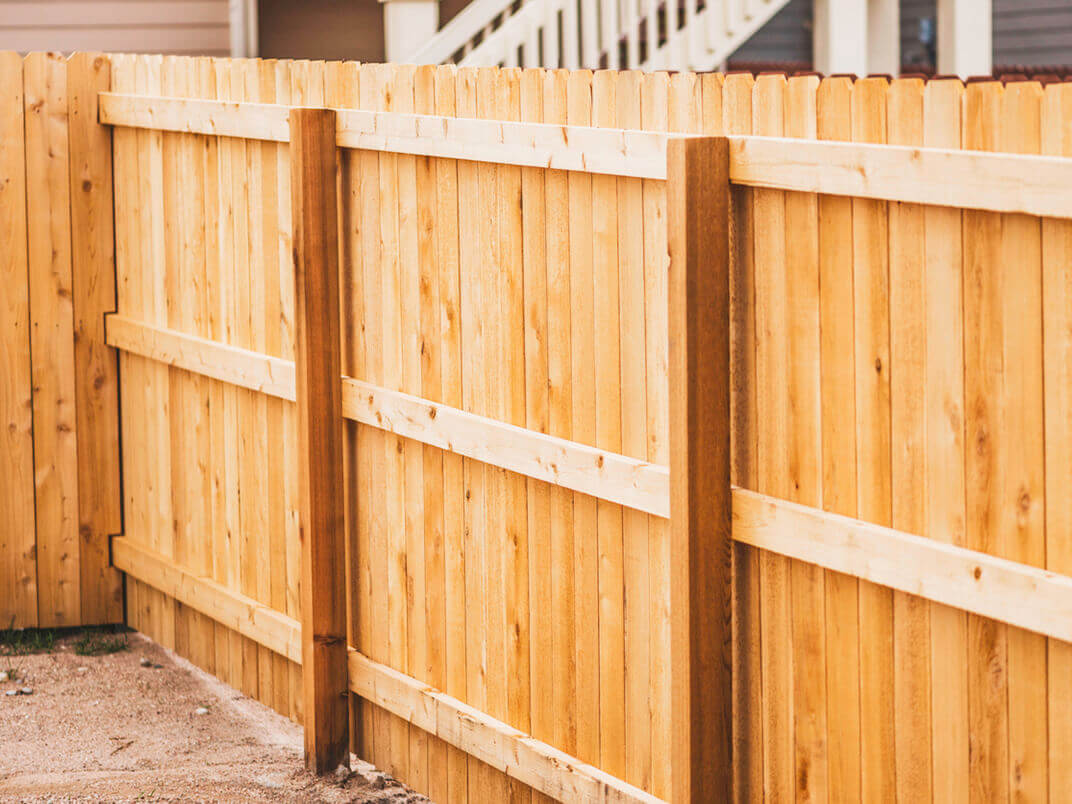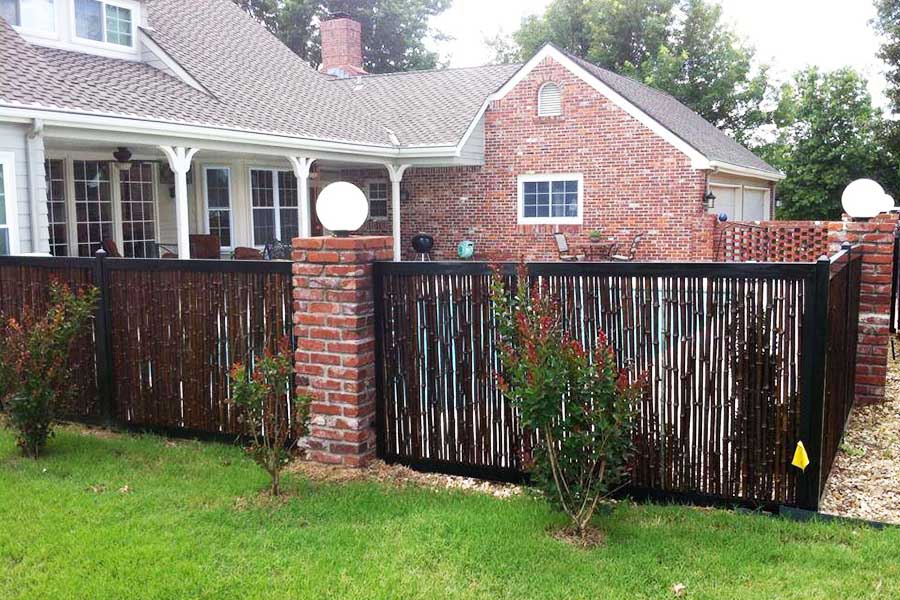All Categories
Featured

A fencing is a useful enhancement to any type of property, providing safety, privacy, and improving the overall visual charm of your home or organization. Nonetheless, like any type of exterior framework, a fencing will normally use down over time because of direct exposure to the components, mishaps, or simply age. Acknowledging the signs that your fencing needs to be changed can help you prevent additional damage and keep the safety and look of your residential or commercial property. Here are some crucial indications that it's time to change your fencing.

- Visible Damages or Wear And Tear
One of the most obvious signs that your fence requires to be replaced shows up damages. Whether it's from weathering, mishaps, or insects, any type of major splits, splintering, or missing out on boards can dramatically decrease the structural integrity of your fencing. Replacing the whole fencing may be a lot more affordable in the long run. if the damage is considerable and goes beyond simply a few repair work.
- Leaning or Sagging
A leaning or drooping fencing is a clear indication of a trouble. With time, the rails and messages can move because of wetness, deteriorating, or poor setup. If your fence is no more standing straight or leaning at an angle, it's an excellent indicator that the foundation is compromised, which may need a full substitute. Even if the fence shows up to be leaning slightly, it might be a sign of underlying structural problems that can worsen with time.
- Rotting or Worn Out Timber

Wooden fencings are specifically susceptible to rot and degeneration, specifically in areas that experience high levels of dampness or moisture. If you notice that components of your wood fencing are soft, discolored, or have noticeable mold, these are all indications of rot. Left unchecked, decaying timber can result in a weak fence that might ultimately collapse. In many cases, areas can be replaced, yet if the damage is extensive, a complete replacement might be needed.
- Rust and Corrosion (For Metal Fences)
If you have a steel fencing, rust and corrosion are typical indicators of degeneration. If you discover any type of considerable weakening or big areas of corrosion, it may be time to take into consideration changing your metal fencing.
- Fence No More Fulfills Your Needs
Another factor to replace your fence can be that it no more offers its desired objective. Gradually, your requirements may alter-- probably you need a greater fence for more personal privacy or a more powerful one for raised safety. If your fence no more satisfies your needs or does not straighten with your present choices, it might be time to update to a new, much more practical design.
- Fading and Discoloration
While fading and discoloration are usually cosmetic problems, they can still show that your fence is maturing. Exposure to UV rays and severe climate can create fences to shed their initial shade, making them look dull and worn. If the fading is extensive and you've currently tried tarnishing the fencing and cleaning up, it could be time to replace it to recover the look of your residential property.
- Constant Fixings
If you discover on your own regularly fixing your fencing, maybe an indicator that the fence is nearing completion of its life expectancy. While small repair work can extend the life of a fence, frequent solutions may suggest that the structure is no much longer stable. In this situation, it may be much more cost-effective to replace the whole fencing instead of remaining to spend in repairs.
Conclusion
Replacing a fencing is a significant financial investment, yet it is important for preserving the safety and security, visual, and personal privacy charm of your residential property. If your fence is revealing signs of damage, rot, leaning, or various other structural problems, it's essential to assess whether a substitute is necessary. By identifying these warning signs early on, you can make informed choices concerning when to replace your fencing, guaranteeing your home continues to be secure and aesthetically appealing for years to find.
Latest Posts
Why Regular Vehicle Maintenance at Montclare Auto Repair Keeps Your Wallet Happy
Published May 29, 25
1 min read
Discover the Greatest Auto Repair Deals in Montclare, Chicago
Published May 26, 25
1 min read
Experience Yesterday's Pub: Where Taste Fulfills Custom
Published May 22, 25
1 min read
More
Latest Posts
Why Regular Vehicle Maintenance at Montclare Auto Repair Keeps Your Wallet Happy
Published May 29, 25
1 min read
Discover the Greatest Auto Repair Deals in Montclare, Chicago
Published May 26, 25
1 min read
Experience Yesterday's Pub: Where Taste Fulfills Custom
Published May 22, 25
1 min read